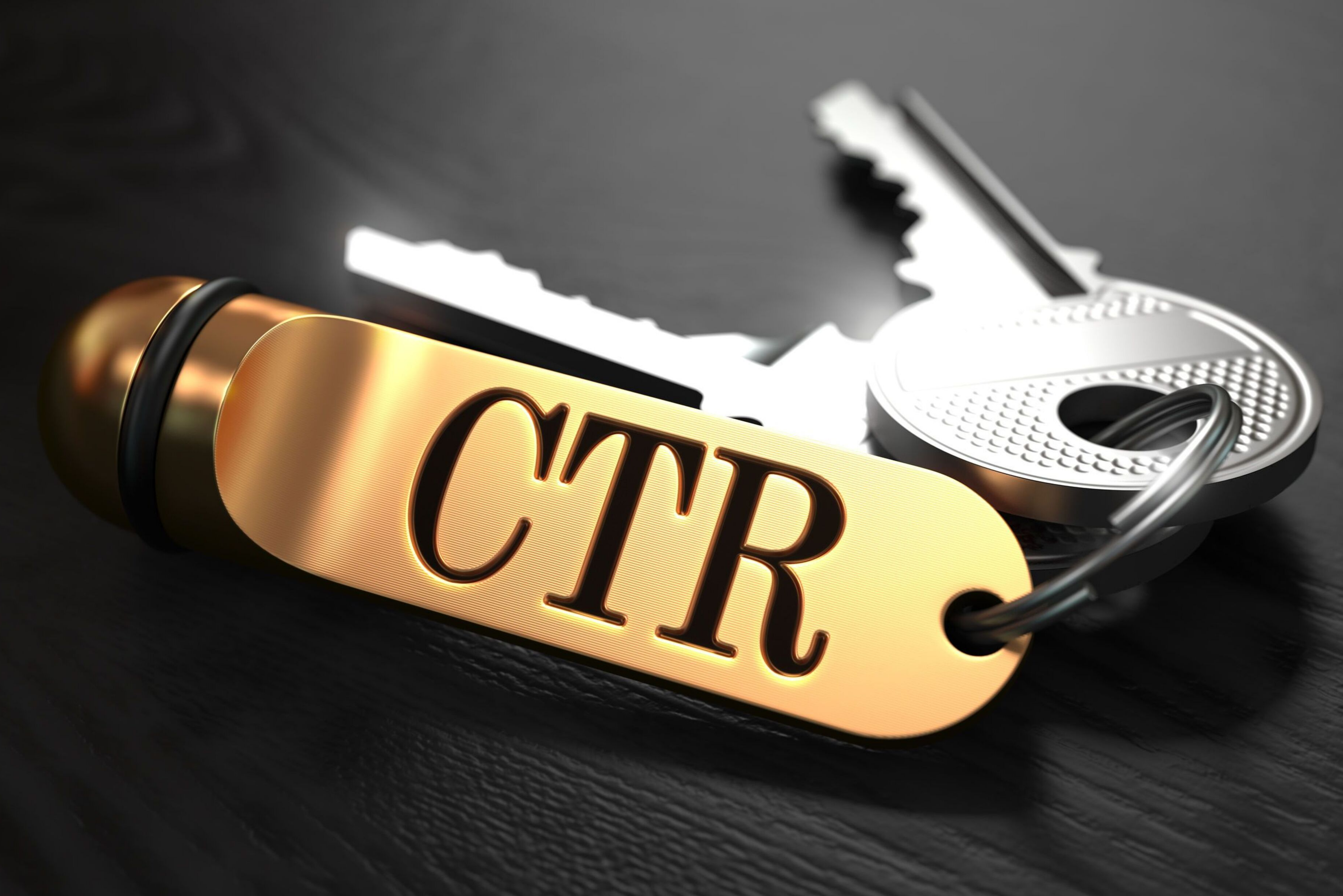Quality Score, or how to save money on your AdWords Campaigns

In search engine marketing, so-called cost-per-click campaigns, Google determines how much we pay when someone clicks on our ads, based on Quality Score (QS). So, obviously, one of the most important aspects when setting up a campaign is to get the highest Quality Score possible.
But let’s start with the basics. Quality Score can have a value between 1 and 10. In an AdWords campaign, Google calculates how much we pay for a click simply dividing AdRank’s score by Quality Rank.
Example: If the score of AdRank is 10 and QS is only 1 - which means that Google considers our ads to be of very low quality -, then the CPC will obviously take 10. Ignoring other factors, we would say it means $10 per click.
What’s the difficulty in case of Quality Score?
Obviously, we should pay an extremely high price for each click. We're not talking about qualified leads, repeat customers, but someone who clicks on your ad. However, if the ad itself receives a low rating on the scale, it is also questionable whether we can convert these leads at a high rate on the landing page. If you want to pay for the cost of such a campaign, make it cost effective, and generate revenue, you will need a very high conversion rate.
If AdRank value is 10 and Quality Score is a value of 10 (which is a high quality ad for Google), then the CPC will be 1 - you will have to pay one-tenth for a single click.
The value of AdRank is how well our ads appear in Google's advertising systems after we launch our search marketing campaign. It is also graded from 1 to 10 and its value depends on your maximum cost-per-click bid and your QS, exactly the product of those two. That is, we can improve the position of our ads by offering a higher amount per click or by increasing our Quality Score.
How does Quality Score come together?
From the above, it is obvious that QS is the most important factor in making our online advertising campaigns cost-effective, at least those that we run through AdWords. So, now, it's good to see what exactly we need to pay attention to, or better, what Google is paying attention to when classifying us. Quality Score is influenced by the following factors:
The landing page
The landing page is the page that the user lands on after clicking on the ad - that's why we call it the landing page. Such a page has two main qualities for Google: quality and relevance.
Good quality! The factors that determine quality have been extensively discussed in the blog before, as a good web designer takes care of these when creating a website. This includes, for example, making the page load quickly. Slow loading is not appreciated by Google, and by the way, users - every tenth of a second it takes a page to load slower loses users, potential customers.
The site should have a clear purpose: place a clear, easy to find and understand call-to-action (CTA).
Let's make navigation easy: Neither the search engine nor users will like to find a page where navigation is unclear, cumbersome, and chaotic. Make the interface intuitive to use.
The text should be indexable. If Google bots can't read the content of a page, they can't determine the quality of the text there. The quality of the text itself would require special articles, so for the time being we should try to fill the page with the highest quality content.
Internal links: During web development, we provide links to the site that take customers to contact information, privacy statement, terms of purchase and the like. When it comes to online shopping, it is crucial for the reliability of a website that users can easily find this information at any time.
Relevance! It doesn't take long to discuss the relevance of the landing page. If your ad is promoting Product X, with a Y percent discount from Company Z, the landing page text should also include this information. Use Google Analytics for Measurement! Google can do this very easily - if we take users to a place where they don't find the product, service, or anything they advertise, then it's clear that we're being misled. However, misleading the user is something that Google cannot afford.
These are the so-called external factors to which the system is very sensitive. Google's goal is to serve ads that are clicked on as many people as possible. People do this when they trust the system - if they believe they actually get to pages where their needs are met, they get answers to their questions.
CTR and keywords
It goes without saying that the historical click-through rate (CTR) of each user has a significant impact on Quality Score. Users vote by click: When they find your ad quality, they click and Google believes them. Proper maintenance of your AdWords campaign is very important!
Among the internal factors, the previously available data weighs 80 percent. Google also monitors the CTR for a given ad, for a user account in general, for that URL, and for geographic information. If no previous data is available, Google will use data from other advertisers to look at the CTR of the keywords we use.
The weight of relevance is 15%. Here are two things to keep in mind: first, that the keywords you enter are relevant to the ad group, and secondly, that the ad is relevant to the search term you run. (It's no coincidence that Google is actively looking through similar latent or related terms on each page through Latent Semantic Indexing: they help you understand what a page is about and how relevant it is to other pages.)
What does all this mean?
By paying attention to how you design your ads and landing pages, by investing the right energy in optimization and quality, you will not only pay less for a click, but you will also be in a better position. You'll have to pay less for more potential customers.
How do you interpret the scale?
As mentioned above, QS can have a value between 1 and 10.
1 point: Big trouble - the campaign is virtually dead. At least Google is probably preparing to exclude your page. You will hardly have any clicks, if any, and you will pay a lot for them.
2-3 points: Very poor result. The campaign is far from delivering the expected results, is too expensive and typically requires qualified professionals to restore QS.
4-6 points: You can't be happy, but with hard work and hard work, you can quickly advance your score. If you go through the factors described in this article, you can do it without any problems: pay attention to ad groups, landing page design, write better ads.
Point 7: You like Google. You probably get a relatively large number of visitors at a low price, but there is still room for improvement.
Points 8-10: This is where high-quality campaigns are delivered, delivering quality leads at the lowest possible cost, in good positions.
However, rankings sometimes seem random, and up to 7 points can even get a value of 10 for a campaign for no particular reason - maybe just a seemingly minor change; .
If you want to know exactly what you need to do personally for a better QS score, we can help. Contact us, we practice very high routine to increase our Quality Score!
